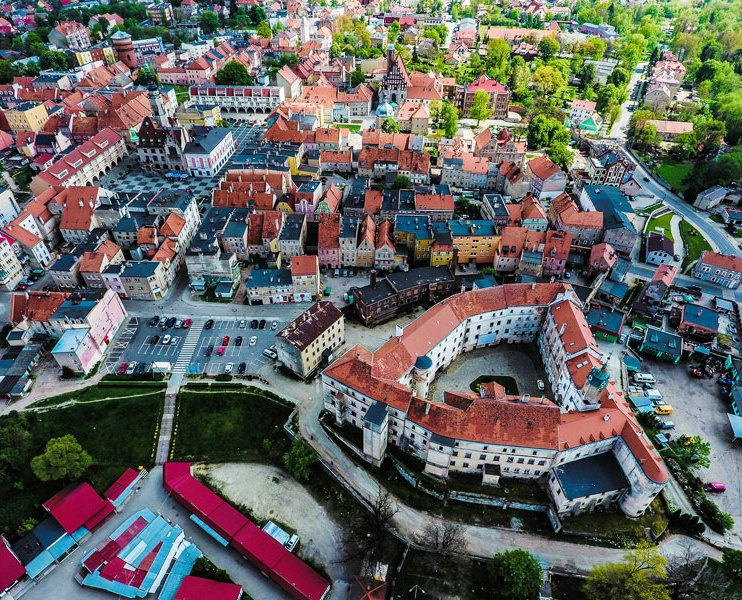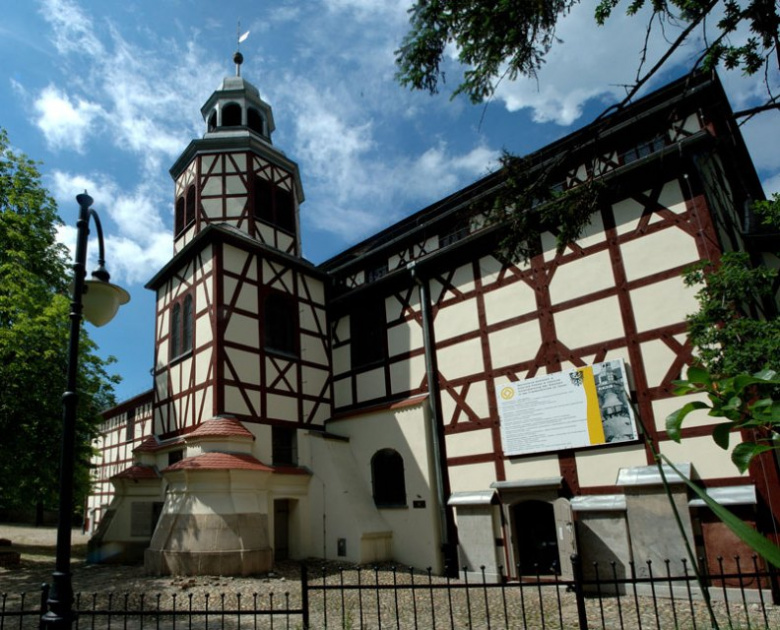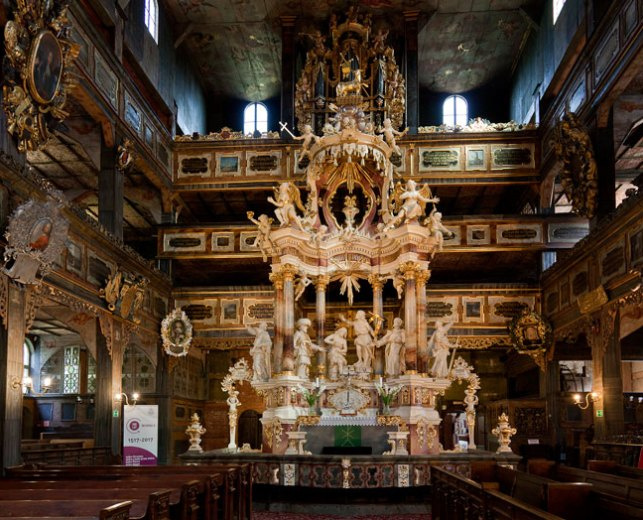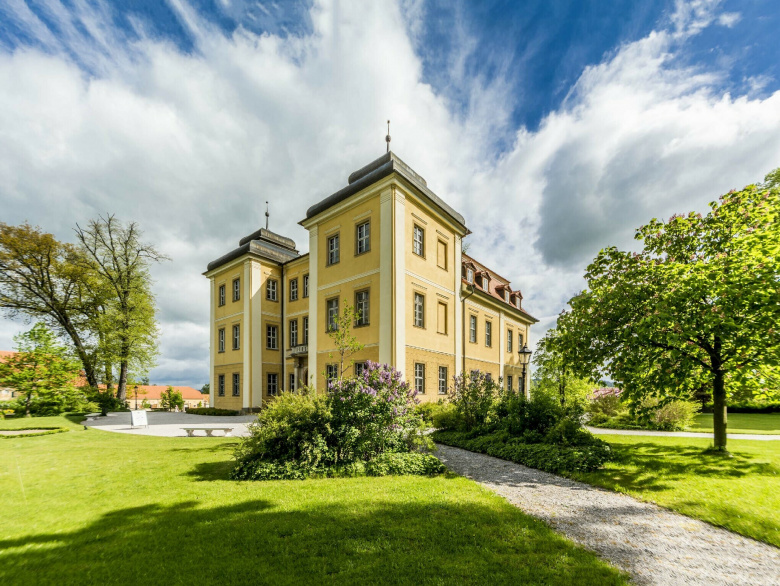Poland
The history of Polish protentastism is strictly connected with the performance of Martin Luther and then John Calvin and the recepton of their reforms in Poland. In the commond mind of Poles, dominated by the influence of Roman – Catholic church evangelists are minrity, which didn’t contribute to the development of Polish country on many areas of it. Specifically harmful stereotype, slowly fading in the past and shaped during XIX century is understanding cultural affiliation of Polish evangelists in Germany abd catholics in Poland (Pole – Catholic, German – protestant).
The awareness of great influence over the Polish art and culture of great evangelists such as former Calvinist, ‘the father of Polish language’ Mikołaj Rej, commonly known in Europe reformer Jan Łaski or present Lutherans such as former prime minister Jerzy Buzek or sportsman Adam Małysz is rather infinitesimal. The heritage of Polish evagelism developing on the therrain of Polish Republic in the shadows of Roman-Catholic Church is indisputable. In the shadow of the biggest, Polish church today exist many other non – Catholic denominations creating multicoloured cultural mosaic. Currently, many actions are undertaken which aim at saving multiculturality and multireligion IIIrd Republic of Poland despite stron connection between religion and politics. The awareness of the presence of other denominations is growing and there is a strong need for protection of memorial places and evangelist as well as postevangelist churches.
Information
Lower Silesia (German: Niederschlesien, Silesian Niederschläsing, Czech Dolní Slezsko, Silesian Dolny Śląsk, Latin Silesia Inferior) – part of the historical land of Silesia, located in south-western Poland over the central Oder and in the northern part of the Czech Republic.
The Region
It is a land of varied landscapes, abounding in many unique species of animals and plants, as well as charming cities and towns boasting magnificent monuments and multicultural history. It is a region with a rich past full of unexplained puzzles and mysteries. This is a place of many wars and invasions, and the ruins of castles, fortresses and strongholds testify to its turbulent past. As a result of such animated history, there was the building up of cultures, the permeation of the styles and traditions flowing in here. I will find here architecture pearls and monuments. Castles and palaces, Cistercian buildings and churches of peace in Świdnica and Jawor are obligatory tourist attractions. The capital of Lower Silesia Wrocław, full of history and multiculturalism, is a city that is accessible, friendly and exceptionally beautiful.
Holiday in Poland | 4K
Allow external content (Youtube/ video): Privacy settings
Source on external website: www.youtube-nocookie.com
The history of Reformation in Poland shaped new denominations, embracive of the Lutheran church, the Calvin church and the development of culture and art under the influence of many Polish evangelists and religious emigrants from Western Europe. It history covers from the early modern epoch lasting from XVI to XVIII century and modern, which started at the end of XIX century and lasted until the beginning of XX century and contemporaneity of XX century.
The Reformation, creation and dynamic development of Protestant Church begins in Poland almost collaterally with its development in Germany and performance of Martin Luther and ends with annexations in Poland.
In the first period, Poland embraces the popularity of new religious denominations (Lutheran and Calvinist) among townspeople from big cities of current Silesia, Pomerania, Pomerania on the Vistula and Masuria, along with noblemen in Great Poland and Little Poland and former area of Grand Duchy of Lithuania.
Around the year 1600, the Catholic counterreformation supported by Polish country caused the suppression of Protestant church development and its slow regress. XVII and XVIII century is already a period of slow collapse of numbers of those Churches, whose activities limits to a dozen or so cities and smaller localities of Republic. The revival of Protestantism comes on the cusp of XVIII and XIX century. Along with annexations on the terrain of Prussian annexation, starts the development of numerous parishes, hundreds of new churches are created within the framework of newly created evangelical – union church.



